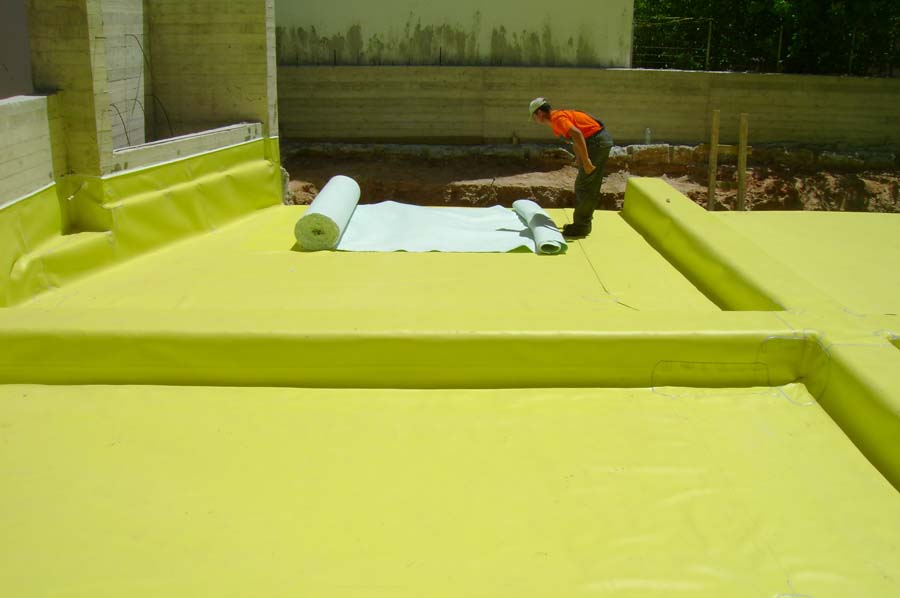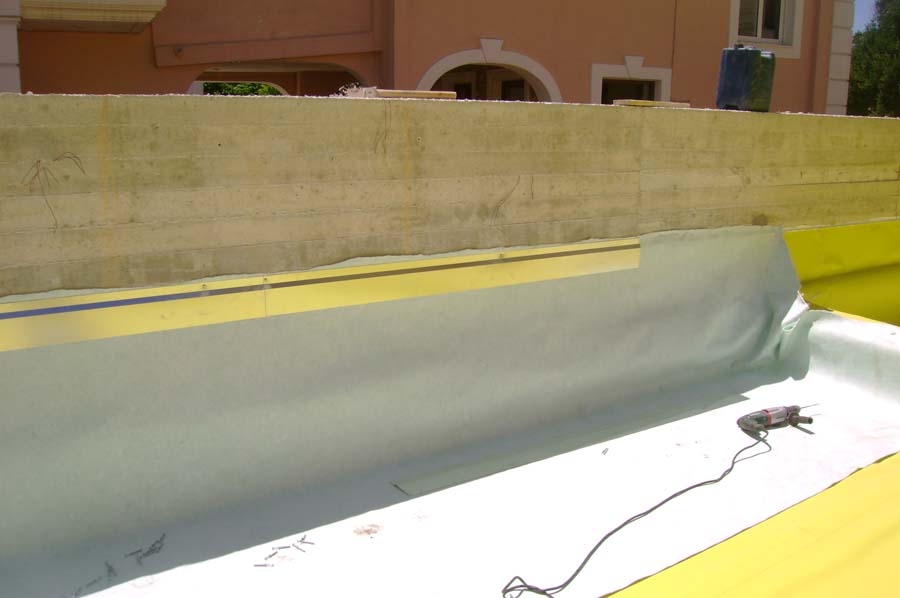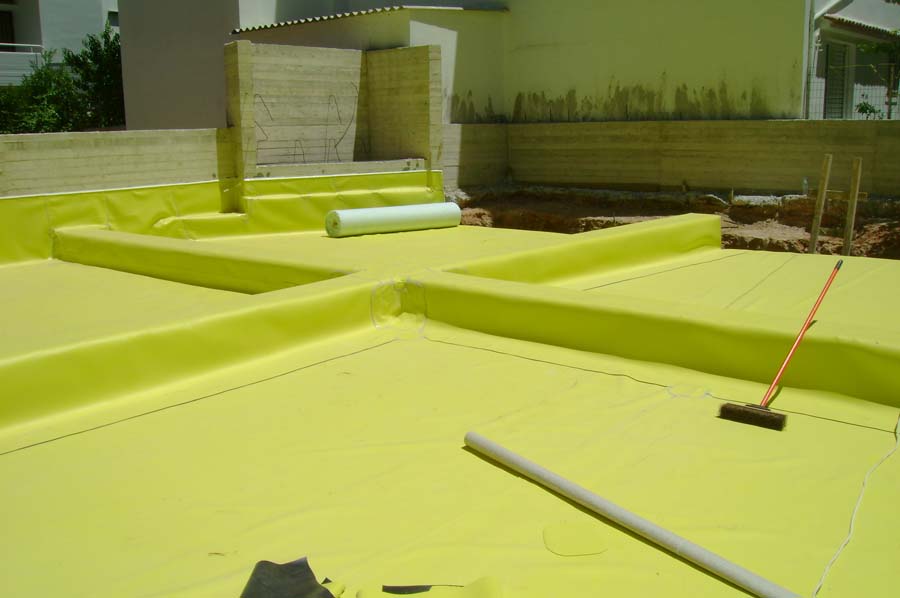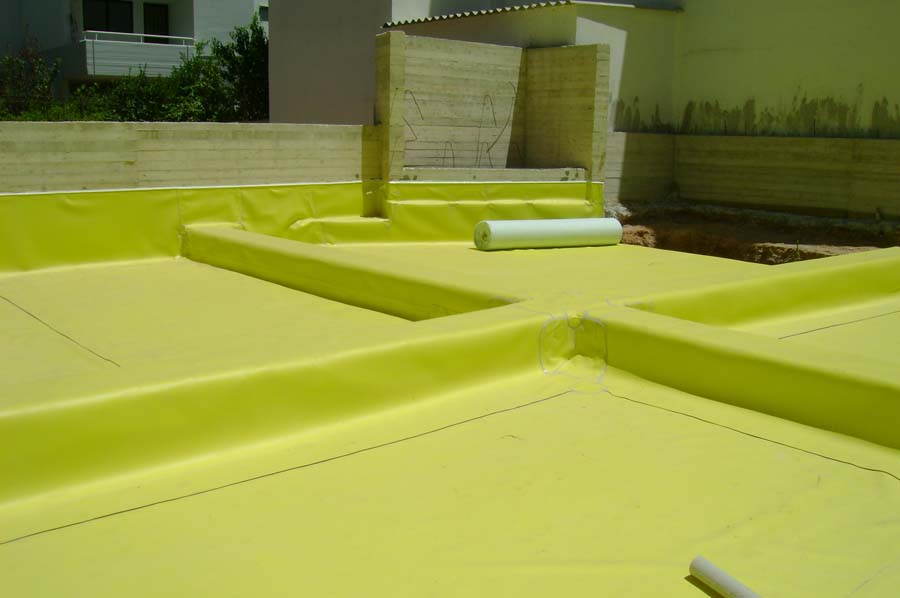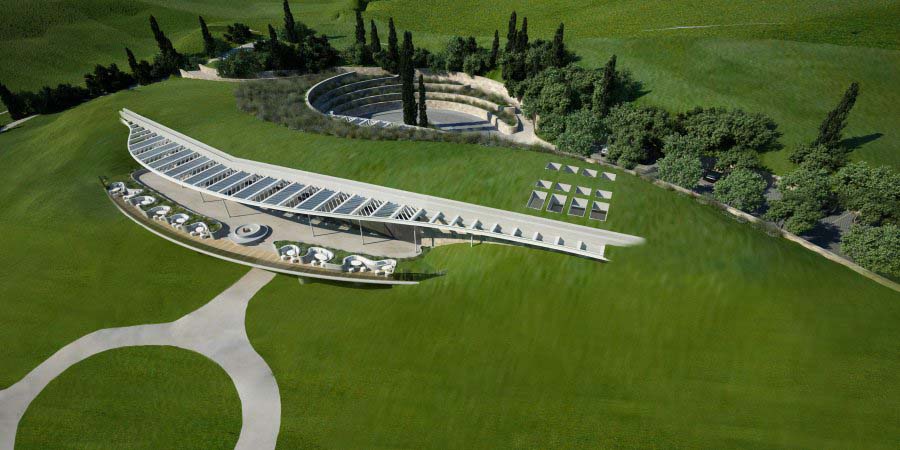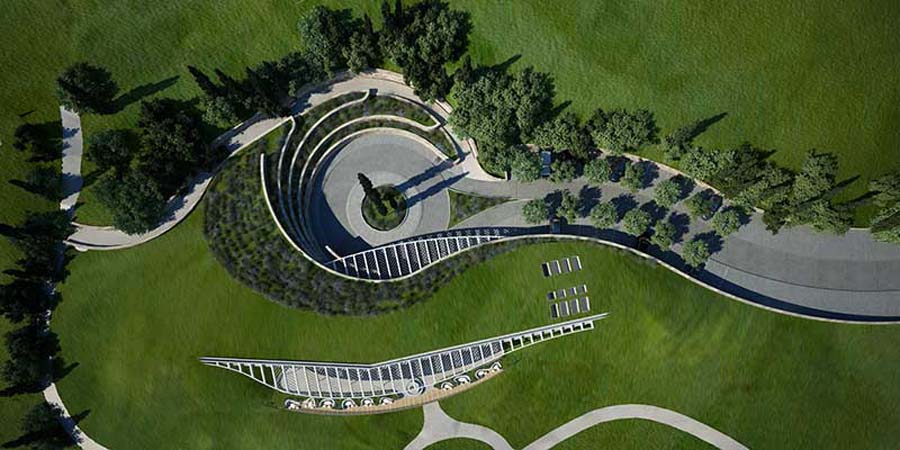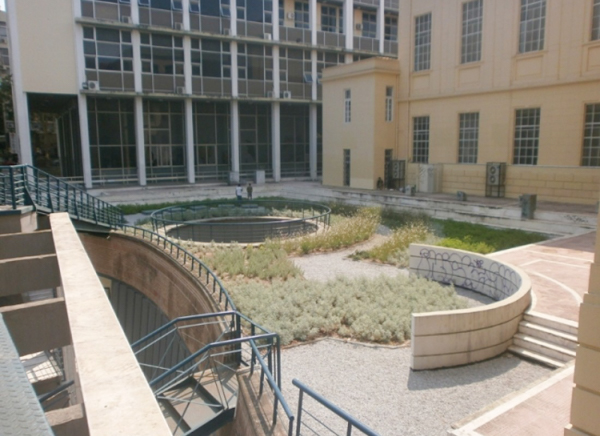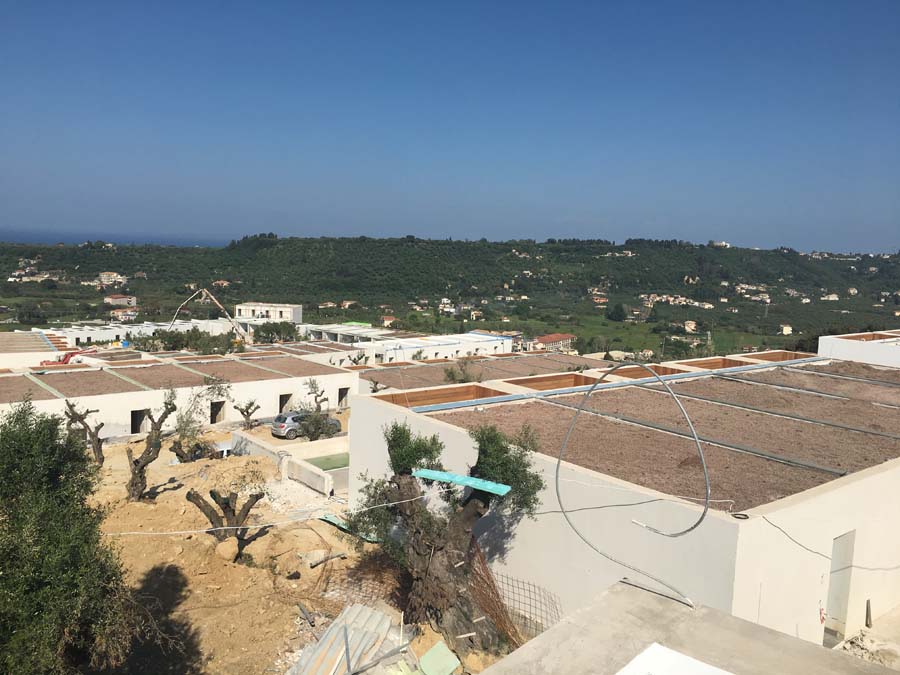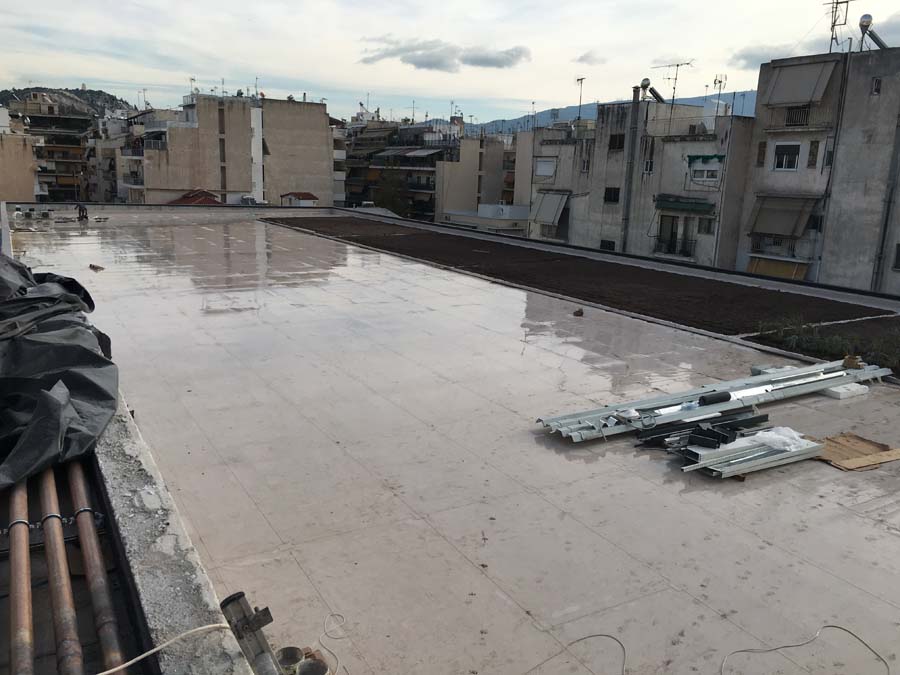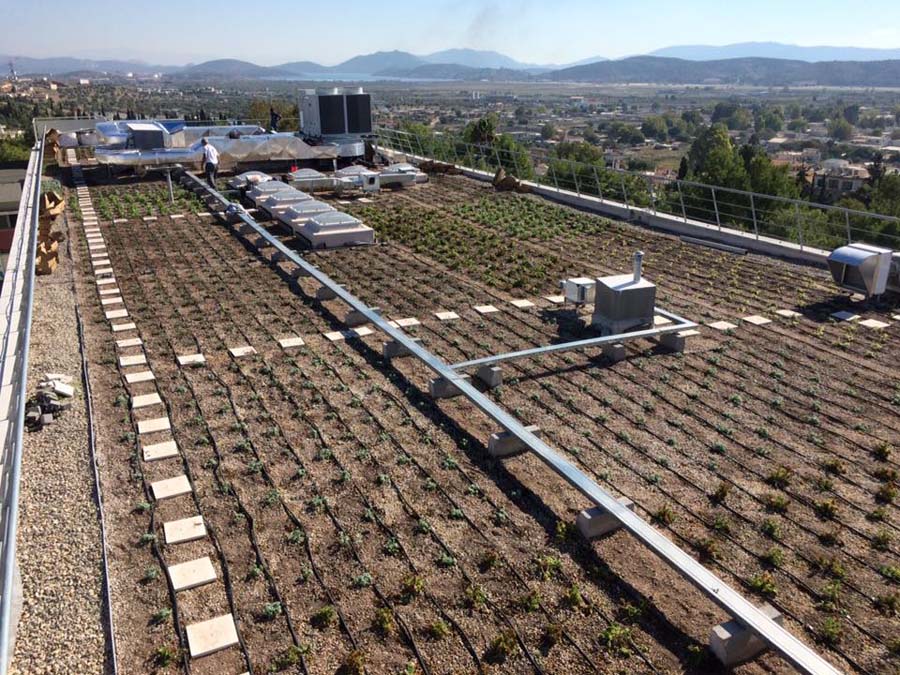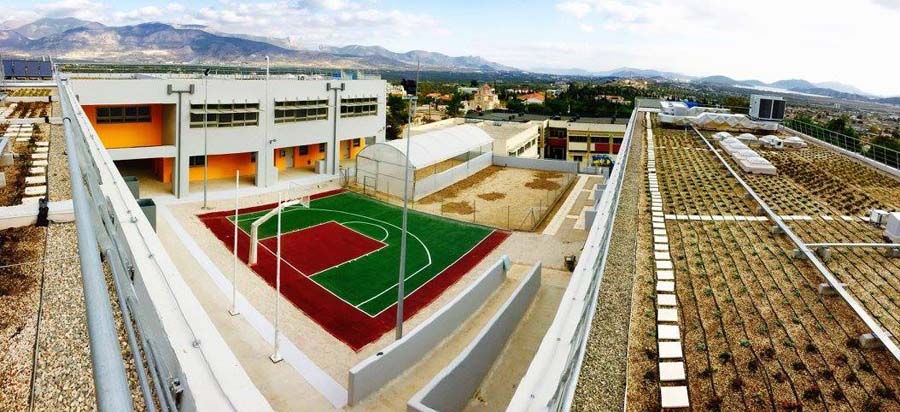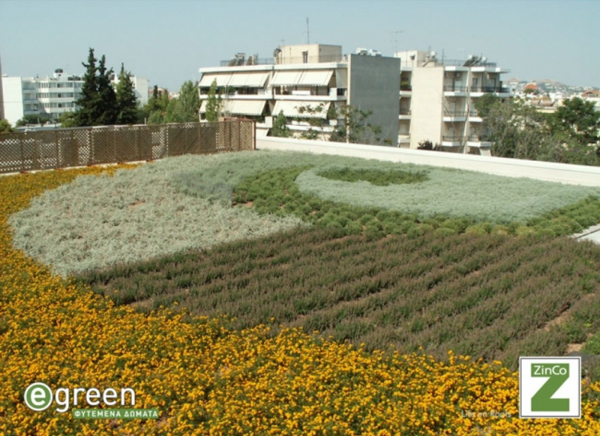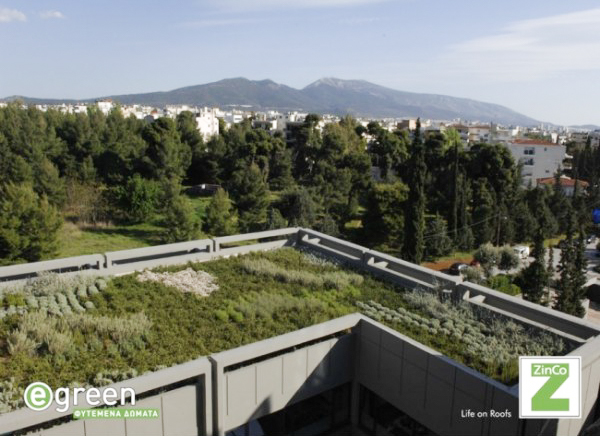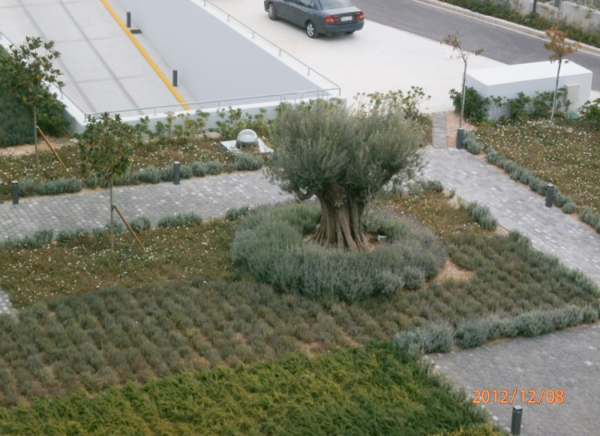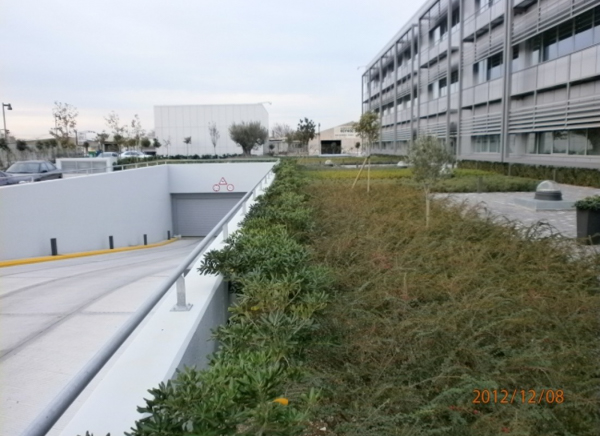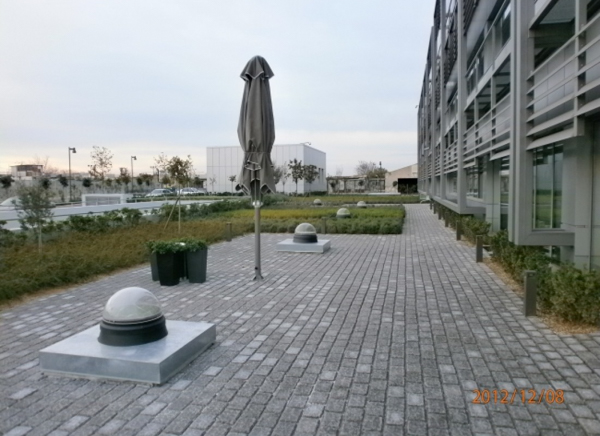Project Description
Our company waterproofs with the greatest safety areas which are going to be planted such as roofs, basement roofs, flower boxes e.t.c. using antiroot materials such as bituminous membranes, synthetical membranes or a combination of the above.
1. Advantages of green roofs
The planted/green roofs act as a natural protective layer of waterproofing surfaces and contribute to the increase of their lifespan. The multiple parallelepiped layers of specialized materials and growth substrates as well as the foliage of plants prevent the influx of heat and solar radiation by protecting the waterproofing membranes and anti-root protection.
The operation of the planted roofs offers multiple energy, environmental and economic benefits and improves living conditions in cities.
The green roofs contribute to:
· enhance the thermal insulation of the building and save energy
· reduction of the phenomenon of the “heat island”
· water retention from rainfall and rainwater management
· reduction of the amount of water resulting from the body of
sewerage pipes
· improving the energy performance of buildings
· creation of new outdoor green spaces
· increase in the value of the property
· longer life of the roof
· protection of water-tight membranes from external mechanical pressures,
as well as the negative effect of the winds
2. Multilevel stratification
The multilevel structure of the planted roof consists of successive layers of specialized materials that ensure its proper long-term operation.
2.1 Anti-root membrane.
To ensure the anti-root protection of the roof, synthetic or bituminous membranes are applied. Specialized membranes are resistant to acids and have a high resistance to extreme temperature differences.
2.2 Moisture protection and retention substrate.
The substrates of protection from polyester, synthetic fibers (ZinCo Protection Mat SSM45, BSM64, ISM50), cover the surface of anti-root membranes protect the roof from mechanical stress while at the same time acting as water storage levels.
2.3 Drainage System.
Drainage leaves have a cellular structure with bilateral perforated encapsulators and aim at (i) maintaining the appropriate drainage conditions and (ii) retaining water and gradually absorbing it from plants
The drainage systems are made of plastic recycled and recyclable materials such as HD-PE/ABS (ZinCo Floradrain, Protectodrain, Stabilodrain) or hydrophobic expanded polysteline EPS-SE (ZinCo Floratherm).
2.4 Filter filter.
The filter filter made of reinforced polypropylene (ZinCo Filtersheet SF, TG) prevents the flow of microparticles from the growth medium to the underlying layers.
2.5 Plant Growth Substrate.
Specialized growth media (egreen_ZinCo) have a small specific gravity and graduated granulometry.
3. Collaboration
Our company cooperates with the pioneering company of planted roofs egreen_ZinCo and provides guarantees for the waterproofing and anti-root protection of the roofs as well as for the long and proper operation of the planted roof.
Characteristic projects:
• Planted roofs of the old building of SIEMENS and new office building of Mitilinaios group at Marousi, Athens: 900m2
• Planted roof of Friesland building at Marousi, Athens: 600m2
• Planted roof of SUPERMARKET CHAMPION – MARINOPOULOS at Chalandri, Athens with J&P –AVAX SA: 1.200M2
• Planted basement roof of the office building of VIAMAX SA at Aigaleo, Athens: 1.200M2
• Planted roof of library of the school of Philosophy, university of Thessaloniki: 400M2
• Dozens of other spaces such as basement ceilings and flower windows of all dimensions on the ground floor and floors and on roofs.


